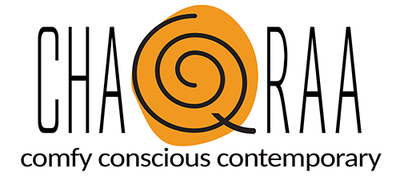In today's fast-paced society, it's crucial to find ways to take care of our physical and mental well-being. Two popular practices that have gained widespread popularity in recent years are yoga and Pilates. Both these practices offer numerous benefits for the body and mind, but it's essential to understand their differences to choose the right practice based on your individual needs. In this article, we will explore the distinctions between yoga and Pilates and help you make an informed decision.
Yoga: Harmony of Body and Mind
Yoga is an ancient practice that originated in India and has been around for more than 5,000 years. It is a holistic approach to physical, mental, and spiritual wellness. Yoga focuses on the unity of the body and mind, incorporating breathing techniques, physical postures (asanas), meditation, and relaxation.
Benefits of Yoga
-
Flexibility: Yoga helps improve flexibility and increases the range of motion in your joints.
-
Strength: The various poses and movements in yoga help build strength in different muscle groups.
-
Stress relief: Yoga promotes relaxation and reduces stress by incorporating meditation and breath control.
-
Balance and coordination: The practice of holding poses and maintaining balance can improve overall coordination.
-
Mental well-being: Yoga helps calm the mind, reduce anxiety, and enhance mental clarity.
Pilates: Focus on Core Strength
Developed by Joseph Pilates in the early 20th century, Pilates is a low-impact exercise method that emphasizes core strength, stability, and flexibility. Pilates incorporates precise movements, controlled breathing, and a series of equipment, such as reformers and resistance bands, to strengthen the body's powerhouse - the core.
Benefits of Pilates
-
Core strength: Pilates targets the deep muscles of the core, including the abdomen, back, and pelvic floor, to improve stability and posture.
-
Flexibility: Like yoga, Pilates enhances flexibility, particularly in the muscles and joints.
-
Alignment: Pilates focuses on alignment and body awareness, helping to improve posture and reduce the risk of injuries.
-
Rehabilitation: Many physical therapists recommend Pilates for rehabilitation purposes due to its gentle and controlled movements.
-
Full-body workout: While Pilates primarily targets the core, it also engages other muscle groups, providing a comprehensive workout.
Choosing the Right Practice
Both yoga and Pilates offer unique benefits, and the choice ultimately depends on your individual needs and preferences. Here are some factors to consider when deciding:
Goals
If your primary goal is to enhance flexibility, reduce stress, and achieve mental clarity, yoga might be the better choice for you. However, if you are seeking to focus on core strength, stability, and alignment, Pilates would be more suitable.
Physical Condition
If you have any specific physical conditions or restrictions, it's important to consult with a healthcare professional or an experienced instructor before starting either practice. Some yoga poses and Pilates exercises may need modifications or may be contraindicated for certain conditions.
Personal Preference
Consider what type of practice resonates with you. Would you prefer a serene and meditative experience like yoga, or an invigorating and dynamic workout like Pilates? Trying out both practices and attending different classes can provide insights into which one suits your preferences.
Accessibility and Availability
Check the availability of yoga and Pilates studios or classes in your area. Consider practical factors, such as scheduling, cost, and the availability of experienced instructors. You may find that one practice is more accessible or convenient than the other.
Conclusion
Yoga and Pilates are both fantastic practices that offer numerous benefits for the body and mind. While yoga emphasizes harmony between body and mind, Pilates focuses on core strength and stability. By considering your goals, physical condition, personal preference, and accessibility, you can make an informed decision about which practice is best suited to your individual needs. Remember, the most important aspect is to find joy in whichever practice you choose, as consistency and enjoyment are key to reaping the full benefits of the practice.


0 comments